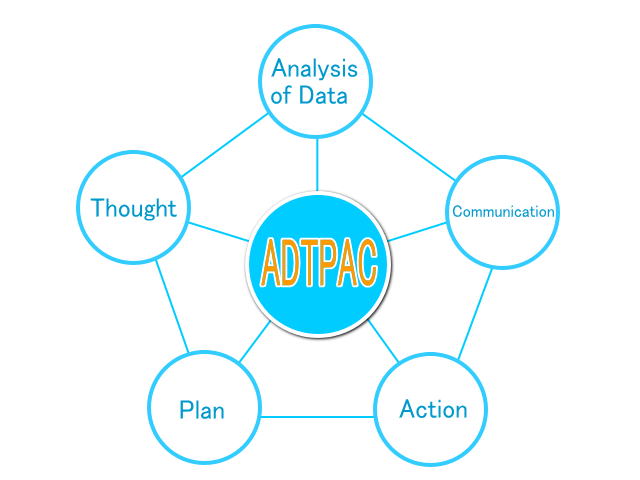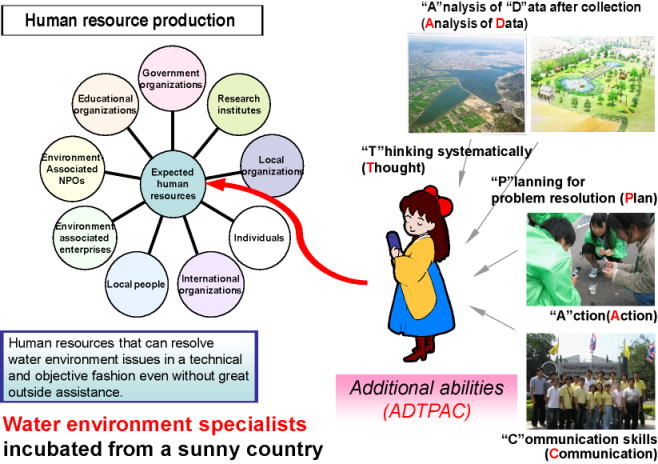Lake Kojima is a reservoir lake with area of 10.88 km2; its construction ended in 1959. It was created to keep sufficient water available for the agriculture use for the area around the lake. Subsequently, it became widely known as a closed water area, with much exhausted water running into the lake from the surrounding residential areas. The water pollution level became notable. Subsequently, foreign creatures increased there to abnormal levels, totally disturbing the ecosystem particularly because of the burgeoning green algae. Overall, the volume of water product resources decreased rapidly. However, with help by a national project to dredge up the sludge, Okayama prefecture regulations were established to maintain the water quality level by restricting the pollution load volume from increasing. Collaborational activity undertaken by the people and the government of Okayama to keep the environment in good condition seems to have improved the situation gradually since 1995. For all of those reasons, the objective to achieve the long-range vision by the year 2025 is beginning to be recognized and shared by all.
At present, a water resource recreation project is underway by the joint
effort of government organizations, research institutes, and environment-associated
industries. To carry it over into the future; however, it would be strongly
advised that the human resources who have acquired basic knowledge of ecology
with a good experience in a real world be involved in the main part of
the project. In addition, other human resources who understand all environmental
functions of the nature and who can discuss the issues of water circulation
and water resources would be required.
Overall, the program is therefore planned to raise and produce the ADTPAC water environment specialists who are provided with such abilities as
Analysis of Data after collection, Thinking systematically, Planning for problem resolution, Action, and Communication, and send them out to other domestic and international sites. To do that,
the plan calls for getting them through the filter of the environmental
protection and local resource recreation activities being created for Lake
Kojima, the property of the sunny country.

. As far as education is concerned, the plan is to use not only the actual
site of Lake Kojima but also to use the water circulation facilities which
are available on the campus. The facilities are now under construction
for expansion to enable their further use to elucidate functions of the
natural environment. They are a scaled-down environment made to help analyze
the compound data being obtained from Lake Kojima, and get the right direction
to the environment improvement without fail. Furthermore, in order for
the students to experience the variety of local-level collaboration, they
would participate in the planning and execution of environmental education
offered by environment-associated NPOs or by ESDs. The associated staff
members would then be invited from such organizations as lecturers.
On the other hand, Japan, as an advanced country in terms of environmental
issues, is requested by Southeast Asian countries to cooperate with them
in solving water-environment associated problems. With the Kasetsart University,
Thailand, which is an internationally known university-level exchange program
with participation of many universities, the plan is to proceed with the
water quality improvement technology to work jointly with them. Preparations
have been made to collaborate with the international exchange program with
participating universities to determine how much the water circulation
through its natural environment functions that the students received in
the sunny country would be able to be used in the same way for Thailand,
which is of tropical or subtropical climate. An additional objective is
to have the students improve their communication skills by discussing environmental
issues with students of other countries.
|
